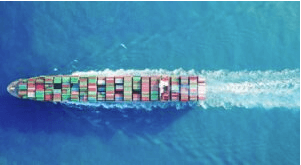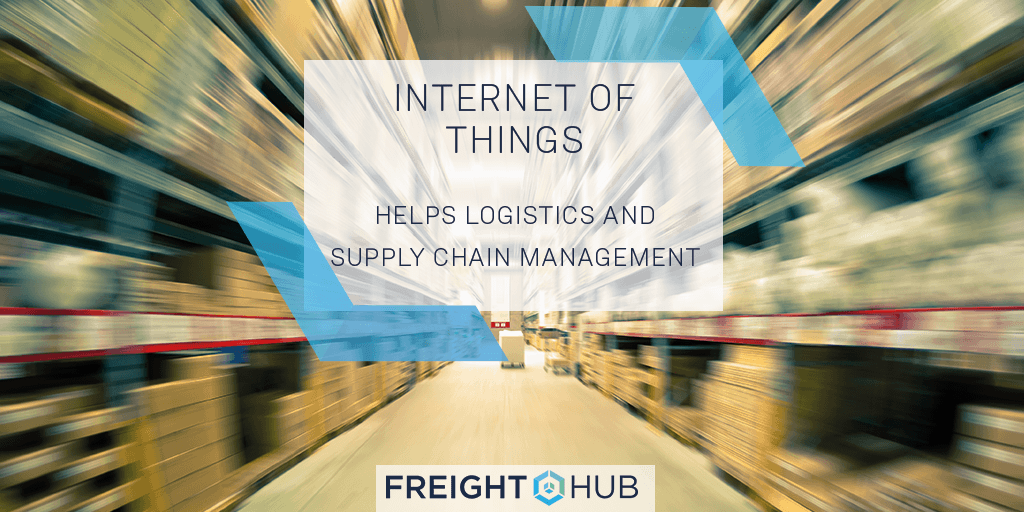The Internet of Things (IoT) can seem ambiguous in its implications and real-world application because it is often spoken about in the hypothetical, seeming to reference a future that is on a distant horizon. In reality, it is a concept that individual people and companies implicitly participate in on a daily basis.
IoT can be thought of simply as a network of smart objects, for example, an iPhone. The term IoT began to appear in the IT scene almost two decades ago when the use of the Internet was beginning to become commonplace in the average Western household. Technologists saw an entirely new frontier of the Information Age. Now, we are beginning to see what was once a fuzzy, hypothetical future evolve into a tangible reality.
What Is IoT?
Thirty years ago, Mark Weiser, the man who imagined ubiquitous computing, envisioned the world we are living in today, writing “when almost every object either contains a computer or can have a tab attached to it, obtaining information will be trivial.” While it may be too early to define the acquisition of insightful information as “trivial,” we are certainly moving toward a world where that is the reality. So, what is the path forward, and what role will IoT play in it?
To better understand the concept, let’s define the T in IoT by separating “things” into three categories: one-dimensional, two-dimensional, and three-dimensional.
Think of the original telephone as a one-dimensional “thing”; it is a piece of modern technology (or it was at the time of its invention) that changed the way the world communicates. The one-dimensional telephone reigned supreme until what we can think of as the two-dimensional phone came along– the cell phone. It was an unimaginable advancement that seemed science-fiction before it became commonplace– almost a laughable notion in today’s world.
The cellular phone was the middle step between the telephone and the modern smartphone, which we can think of as the technology’s two-dimensional phase– the key innovation here being the introduction of a wireless network to telecommunications. Unlike the landlines of the earlier portion of the century, cell-phones connected to a wireless network of autonomous devices. This was when technologists like Weiser began a third dimension of communications technology on the horizon, what is now often referred to as “smart” technology.
While modern smartphones still incorporate the radio wave technology of the two-dimensional cell-phone, the introduction of Internet connection into mobile phones brought about the three-dimensional phase of the technology. Really, any device that is connected to the Internet can be considered a part of the Internet of Things — and the smartphone is just one example of it.
Internet of Things Supply Chain
IoT is a buzzword that is often overheard today in conversations about innovation in the business world at large, but the implications within the logistics industry represent an entire world of possibilities in itself. IoT technology has the potential to revolutionize the connectivity of the supply chain by tightening efficiency in operations in ways that were never possible before.
Let’s rewind back to the technology that flipped commerce on its head sixty years ago: the barcode. This new technology drastically improved operations managers’ ability to account for inventory from the beginning to the end of the supply chain. This innovation pushed inventory management into the digital world by allowing shippers and retailers to track inventory with the use of computing systems.
When the shift occurred, managers were suddenly able to forecast demand, calculate shrinkage, and more accurately plan for fulfillment in much less time. This tightened up operations efficiency due to the reduction of the associated labor costs.
Logistics industry members rejoice: we can expect a very similar tightening of the supply chain once IoT becomes commonly integrated into the logistics world. Let’s delve into how the technology works and identify exactly how the esoteric concept of IoT will improve business operations’ efficiency.
Read more: Future of Tracking is Not to Track The Box But The Contents, Documents, Transactions
What is an IoT Platform?
In terms of efficiency, the improvements that an IoT system allows are multi-faceted, expanding beyond the limitations of a barcode-and-database system. An IoT platform fulfills a similar role, but incorporates technology that widens the scope of the kind of data you can collect, and updates that data automatically. Think of an IoT platform in the same way you think of the other web-based apps that support your business’ operations, except it allows you to collect data from all of the “smart” devices that you’ve implemented into your operations management.
There are a plethora of companies now offering their own platforms that utilize IoT technology, which offer their own twists on the user’s interface experience, but at the core, they all serve the same purpose: to provide users an interface to access data that their smart devices gather.
Read more: Why Data Is the Key to Saving the Logistics Industry
The technology behind IoT
RFID tags are Weiser’s prediction come to fruition; they are what allow any “thing,” like a palette, a parcel, or a specific item to integrate into the web that is IoT, all viewable through your IoT platform. An RFID tagged item– which could be a parcel, a palette or any object at hand– can communicate by emitting and receiving radio waves through an antenna and relaying a resulting message through the platform that notifies the facilitator.
Like barcodes, RFID tags allow companies identify objects, but unlike barcodes, these new tags allow users to check the status of the object in real time from any device that your service platform allows, eliminating the need to scan a barcode at every stop throughout the supply chain. These messages contain data about the item, like its temperature and its location, so temperature-sensitive cargo like pharmaceuticals will be able to be monitored with more accuracy.
New products like smart shelves, which incorporate RFID technology, will greatly help businesses that experience shrinkage problems with inventory by notifying the retailer or warehouse manager anytime a product is removed from the shelf.
Embed video: https://youtu.be/gEQJxNDSKAE
Seattle-based e-commerce giant Amazon.com recently utilized RFID technology in opening its first “AmazonGo” store near its headquarters. The convenience-store carries basic products and food items, only allowing customers to enter the store with an app. The smart shelf utilizes RFID tag technology to register when a customer picks up and item and if they change their mind and return the product to a shelf. When the customer leaves the store with any number of items, no check-out is required, and the customer is billed via the app, which holds their payment information– a dream come true for in-store retailers.
Embed video: https://youtu.be/NrmMk1Myrxc
Those who implement these up-and-coming “smart” products will be better able to maintain the integrity of freight and protect it from potential supply chain disruptions like corruption of inventory due to weather conditions or theft, enabling participants to receive instantaneous alerts of any changes in the temperature, humidity, or movement of objects. Shareholders from the beginning to the end of the supply chain will be able to utilize this technology, potentially eliminating the need for in-person security expenses and eliminating shrinkage altogether.
How Does IoT Help Customers? Efficiency, Transparency
Software products and physical devices that plug into the IoT will continue to become more available and commonplace in the near future. The implications of successfully integrated technology are open-ended in terms of improving efficiency within business operations and transparency through the supply chain. Logistics managers will be able to respond more quickly to potential supply chain disruptions, preventing costly disasters, and forwarders will be able to set themselves apart from their competitors who are still stuck in the 20th century by offering instantaneous, accurate inventory data. This all comes down to greater peace of mind for members throughout the supply chain and a healthier bottom line.
There is still one glaring caveat that still needs to be sorted out. Like any other game-changing industry innovation, in order to bring the benefits of the IoT to full potential, members throughout the supply chain have to be on board.
Due to capitalist nature of the market, the leaders of the digitalization revolution are yet to be determined. Industry members will ultimately have to serve as the guinea pigs as they test out the overwhelming volume of software platforms and “smart” products appearing on the market for the use of logistics companies. However, when leaders overcome this hurdle, other industry members will follow suit, leaving anyone who hasn’t jumped aboard the digitalization train in the dust. The potential to make considerable strides in tightening the supply chain is here, and the catalyst is the Internet of Things.








